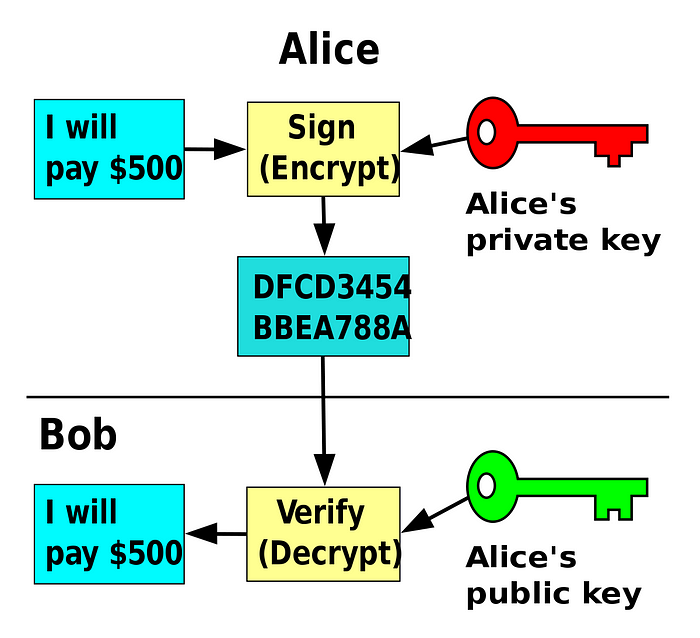Generating Ethereum addresses using Go

Introduction
Blockchain technology has revolutionized the world of finance and beyond, with Ethereum being a prominent blockchain network. Decentralization is a critical feature of Ethereum and other blockchain networks, meaning that no single entity controls or manipulates the information. This ensures the system’s integrity and transparency, which is especially important for financial applications. Cryptographic algorithms are employed to maintain the security and privacy of transactions on the Ethereum network. As evidenced by the rapid increase in the number of unique addresses on the Ethereum blockchain [1], its popularity and adoption continue to grow. In this post, we will explore how to generate a new Ethereum address using Go, a popular programming language for blockchain development.
Cryptography in Wallets
In Ethereum, wallets are closely linked to asymmetric cryptography, which employs a pair of cryptographic keys: a private key and a public key. The private key is kept confidential by the owner and is used for signing or encrypting messages, while the public key can be shared with others for signature verification or message decryption.
Ethereum utilizes the secp256k1 elliptic curve cryptography algorithm for signing and verifying transactions. Elliptic curve cryptography (ECC) is a public key cryptography method that is based on the mathematics of elliptic curves. ECC provides a high level of security with shorter key lengths compared to other cryptographic systems like RSA. In the case of Ethereum, a 256-bit key is used, which offers a strong level of security while maintaining efficient performance.
When users send transactions in Ethereum, they sign them with their private key, a randomly generated 256-bit number. The transaction contains the recipient’s address, the amount to be sent, and a transaction processing fee. The digital signature verifies that the transaction was initiated by the private key’s owner and remains unaltered during transmission.
The signature and verification process in Ethereum involves the following steps:
- The sender signs the transaction with their private key, generating a digital signature.
- The signed transaction is broadcasted to the Ethereum network.
- Ethereum nodes retrieve the public key from the digital signature.
- The nodes then hash the public key using the Keccak-256 hash function.
- A portion of the hashed public key (specifically, the last 20 bytes) is extracted to create the sender’s Ethereum address.
- The sender’s address obtained from the truncated hashed public key is compared to the original sender’s address included in the transaction.
- If the addresses match, the nodes verify that the transaction hasn’t been tampered with during transmission, ensuring the integrity of the transaction.
In summary, the digital signature ensures that the transaction was sent by the owner of the private key and that the transaction hasn’t been tampered with during transmission. Ethereum nodes validate the transaction using the sender’s address, obtained by hashing the public key from the digital signature and extracting the relevant portion.

Generating a New Ethereum Address with Go
To create a new Ethereum address using Go, we can utilize the "https://github.com/rafaelescrich/go-ethereum-wallet" library, which offers functions for generating a wallet from a mnemonic phrase with password and deriving Ethereum addresses from the wallet. Here’s a sample code:
Conclusion
In summary, generating a new Ethereum address using Go is a simple process that relies on cryptographic algorithms to ensure the security and privacy of transactions on the Ethereum network. By harnessing the power of Go and other programming languages, developers can create robust and dependable applications that take full advantage of blockchain technology.
Numerous resources are available online for those interested in learning more about blockchain development or Ethereum, including documentation, tutorials, and forums for connecting with other developers and enthusiasts. Special thanks to the creator of the original go-ethereum-hdwallet, miguelmota (https://github.com/miguelmota), for their valuable contribution to the community. The library we are using is a slightly modified version, which adds passphrase functionality.
If you found this guide helpful and would like to donate Ethereum, you can send your contributions to this address: 0xeD56474891Fde98B9132FF02820435aE00B839bC
